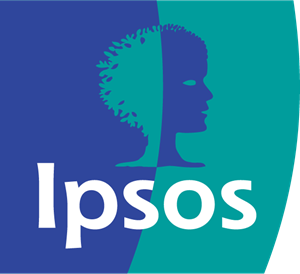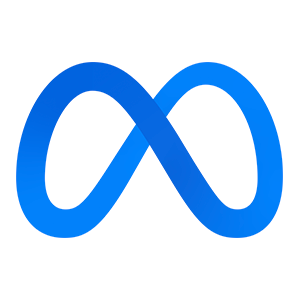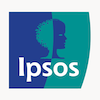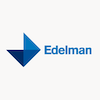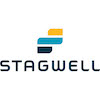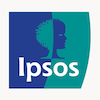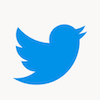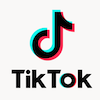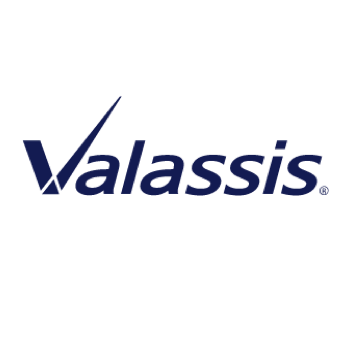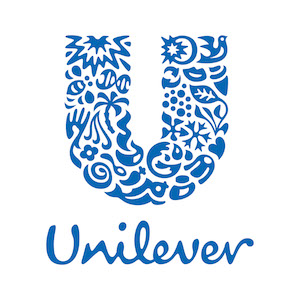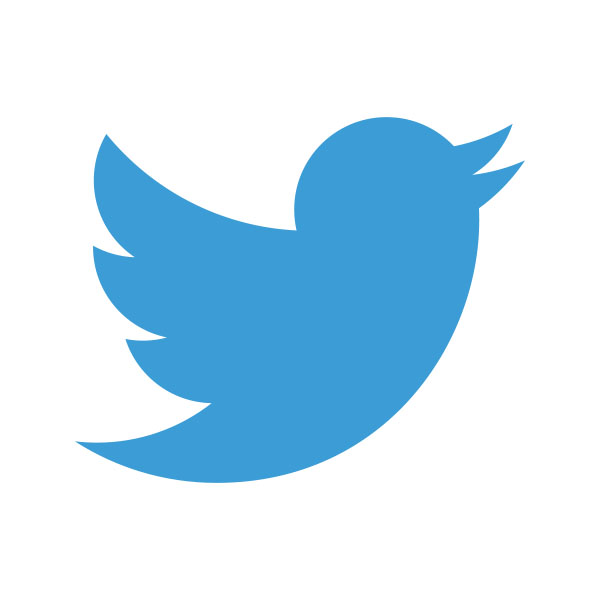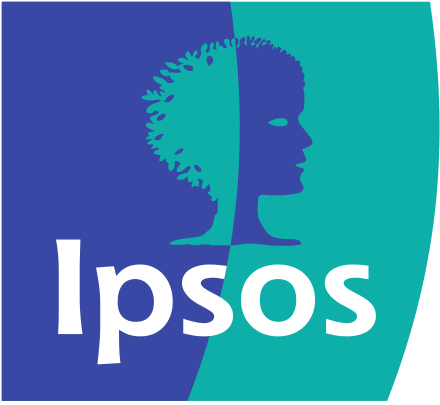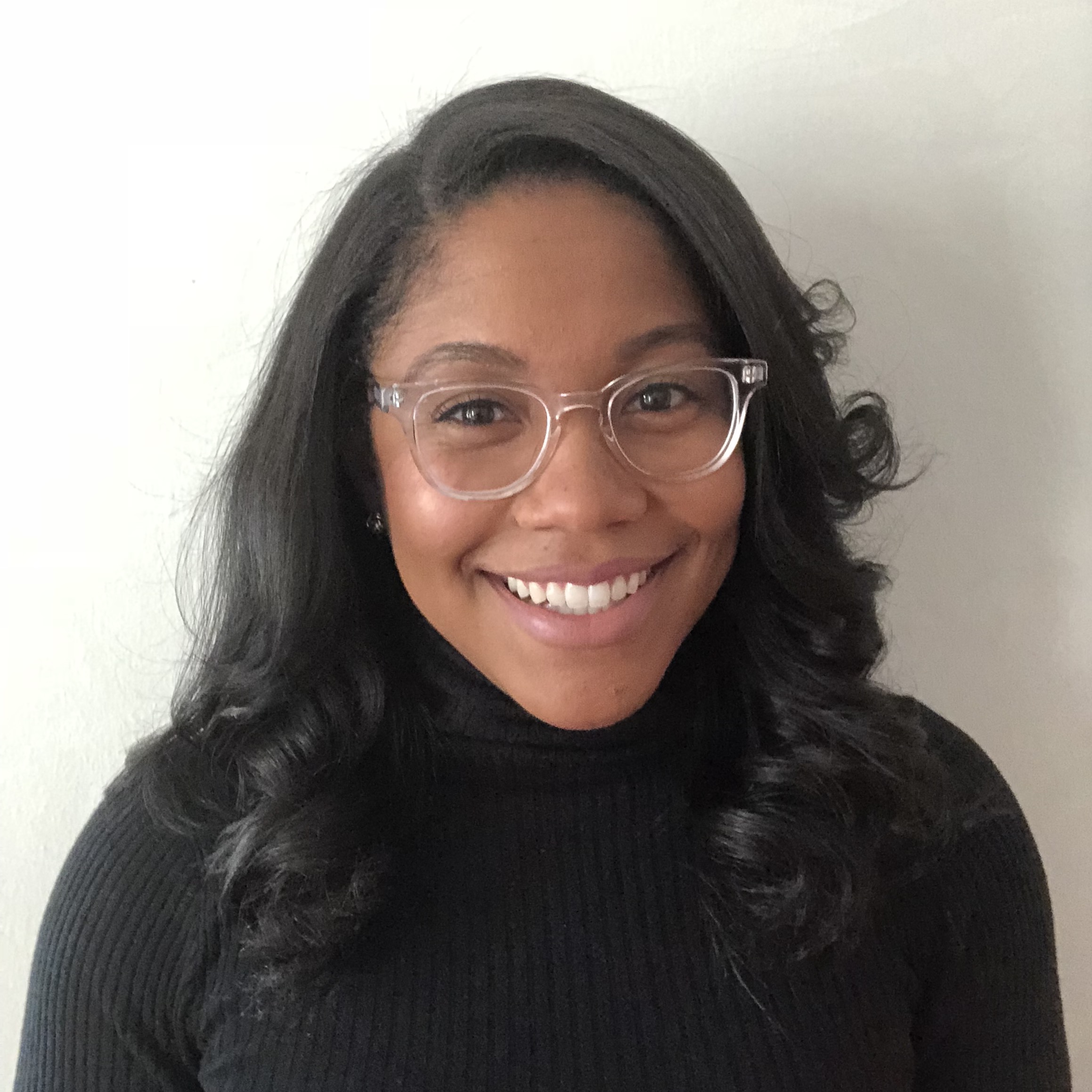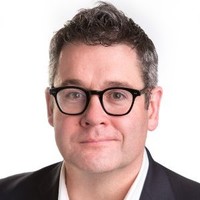Image courtesy of Defence Force Recruiting & Host/Havas.
The Australian Defence Force is a highly-regarded employer among Australians, thanks to the training, development and invaluable experience it provided to those working on behalf of their country’s well-being.
But as the Gen Z workforce grew over the past few years, the ADF found that meeting recruitment targets became more and more challenging. With diversity, flexibility, and empathy viewed as increasingly essential to a modern workplace, the organization’s reputation became outdated to this vital talent pool.
So in 2014,
Defence Force Recruiting (ADF’s recruitment partner) began work with
Host/Havas to reintroduce DFR as a “21st Century employer” and revive enthusiasm for their brand.
Together, they humanized the recruitment and application process from beginning to end – an effort that included overhauling DFR’s messaging, modernizing its portfolio of communications channels, developing apps to guide candidates through the application process, and hundreds of additional micro-projects along the recruitment journey.
Since beginning this effort, DFR has reached a more diverse, qualified group of candidates, achieved unprecedented recruitment rates, and maximized the effort’s ROI.
“Defence Force Recruiting” won the Grand Effie in the 2018 Effie Awards Australia competition after earning a Gold in the Long Term Effects category, for the work completed between 2015-2018.
Below,
Alex Ball, Client Business Director at
Host/Havas, shares the story behind this highly effective work.
Describe the challenges you set out to address with this campaign. What were your objectives?
AB: Firstly, I think it’s important to call out that this wasn’t a campaign. It was a four-year case study across every single brief whether that be brand level communications, role specific content or improving user experience across their recruitment journey. That said, our overall objective was very clear – work with our client, Defence Force Recruiting (DFR), to annually recruit thousands of young Australians into the Australian Defence Force (ADF). We had to move them through a complex recruitment funnel including consideration, conversion and application. A clear objective, but one wrought with many challenges.
These included the fact that the ADF was rejected as a career option by the vast majority of its young audience. There were deep-seated negative brand perceptions about the ADF that simply didn’t fit the 21st century workplace expectations of young Australians. In addition, we were operating in a buoyant economy whereas historically a flailing economy increased recruitment due to the job stability of a role in the ADF. Lastly, the requirement for a more diverse workforce increased demand for an audience which had even more strongly held negative perceptions of service than most. Namely women, Indigenous and Culturally and Linguistically Diverse (CALD) audiences.
It’s important to note that these weren’t all the challenges faced over the course of four years, but they give you an idea of the size of the task we faced.
You were asking young Australians to make a significant and personal commitment. How did this inform your approach to researching your target audience?
AB: Absolutely, the commitment is significant, especially for our core recruitment audience of millennials. In many cases we could be asking them to commit to a quarter of the time they’d been alive; when we put that in the context of our audience not often being able to commit to plans the following week, the challenge was even more significant.
That said, the benefits, training and opportunities presented are unparalleled in most civilian roles. But we had to shift mentality from seeing working in the ADF as sacrificing your own interests to serve your country to having a fantastic career with a modern, progressive organisation. The difficulty was that they weren’t prepared to shift their perceptions because, simply put, they self-screened their interest away from anything that appeared to be from the ADF. We weren’t even on their consideration set. In order to be heard, and to get onto their career consideration set we had to improve the personal fit of the ADF for them. The main tenet of this was for our audience to identify with the people in service as being ‘people like me’. To do this, we went about humanising the ADF in everything we did, focussing on telling real stories that didn’t sugar-coat the realities of service. By not shying away from this, the work was seen as being believable and relatable.
Describe your strategic big idea.
AB: To transform every experience within the recruitment process to put the candidate first and reflect the ADF as the modern, people-focussed organisation it is.
How did you conclude that the right approach to this challenge involved more than a traditional communications solution?
AB: It was pretty obvious. A candidate’s recruitment journey is complex and involves far more than just communications. So, the solution had to involve so much more than just traditional communications. This is part of an ongoing process, a journey, that brings our strategic big idea to every aspect of a candidate’s experience before commencing service, including operational changes.
How did you bring your idea to life?
AB: In everything we did, over literally thousands of briefs, we transformed the recruitment experience. Central to all of this activity was the need to remain consistent to our strategic intent of increasing consideration and improving conversion.
There were two key streams of activity within both the Consideration and Conversion stages of the recruitment funnel.
Firstly, within Consideration we set about re-branding the ADF to make it more relevant and relatable to a new generation.
In order to improve brand perception and therefore improve propensity, we tackled our largest problem – relatability. We switched the ADF from talking about what they wanted to say, to what our millennial audience were interested in; finding a sweet spot that worked for both. We introduced them to the people behind the uniform, focussing on human stories that were disarmingly honest and therefore believable.
For example, when focus group respondents cry tears of joy having seen the success story of an Indigenous recruit in the Army, you know you’re well on the way to humanising the Services.
Secondly, again within Consideration, we created communications designed to flourish in the digital age.
It wasn’t just about the stories, it was where and how we told them. We bucked the historic reliance on traditional media, reducing TV media spend and significantly increasing digital. We engaged them where they were spending their time – on their mobile – ensuring all experiences were tailored to suit their level of interest. We created work for social, not rehashing advertising but tailoring it to best-in-class standards specifically designed to perform in media.
When it came to Conversion, because of the increased importance of these ‘warm’ candidates and funds already spent creating their interest, our first stream of activity was focussed on reducing dropout as candidates move through the application process on the clients website (defencejobs.gov.au).
We conducted in-depth analysis of the site, mapping out the vast recruitment process, identifying drop off areas and developed a specific strategy to completely rebuild defencejobs.gov.au to increase their fulfilment rates across all 300 job roles. Central to this was putting jobs at the heart of the site, standardising and simplifying content to streamline the user’s experience, only serving them relevant content at the right time and, of course, clearly outlining the benefits of a role to make the commitment trade-off more reasonable.
Our second Conversion stream involved creating a modern application experience that matched consumer expectations.
Beyond communications, we addressed the significant attrition rate by fast-tracking priority application processes; explaining the recruitment process up front to remove the mystery and make it less daunting; and applying technology to reduce requirements on the candidate from a data capture point of view, making it an intuitive, modern process.
Read the full case study here >
Can you speak more about the tools you developed to keep candidates engaged in the application process, and why?
AB: With the rise of services with incredible user experience design such as Uber and Netflix, consumers’ expectations have never been higher. Given the audience’s current mindset of believing the ADF was a traditional organisation, we had to ensure that all touchpoints provided a seamless, positive experience that you’d expect of a modern brand.
Two particular examples of how we got and kept them engaged were the VRecruitment event activation and ADF Active App. VRecruitment focussed on engaging audiences during career expos and similarly by putting them in a VR experience where they had to solve real ADF problems. This increased our expressions of interest astronomically through tracking behaviours and promoting suitable job roles for individuals. It also tracked behaviours which were attributed to potential high value candidates, meaning we could prioritise them in CRM.
The ADF Active App, on the other hand, was focussed on not only maintaining engagement post application but also increasing pass rates of a fitness test that sees many fall at the final hurdle… pardon the pun. By developing a personalised exercise schedule based on your ability, what you wanted to focus on and timeframe to your fitness test, it creates a unique exercise schedule that automatically updates and adapts based on your feedback.
Would you consider this effort a rebranding? Were there any parts of the brand DNA that were retained during the relaunch? Why were these important to incorporate?
AB: In our eyes, we’ve not re-branded the ADF. The ADF is still the same. It still has the same barriers as before we started working with them. What we’ve done is changed is how their audience experience the brand through what we say, how we say it and the overall experience we give them when they engage with us.
Historically, communications had focussed more on pushing the brands on to consumers. Speaking at them, if you will, more than with them. All we did was shift that focus to tell the story that the consumers wanted to hear, and were interested in – themselves and what the ADF could do for them.
Engaging them in a conversation and creating a personal connection between them and the people already serving in the ADF was key. We focussed on highlighting how similar the consumer was to people already serving and in doing so reduced their perceived barriers to entry.
Whilst this shift was not an easy one to make, it’s been proven through our results to have had an extraordinary effect on this next generation of consumers.
How did you measure the effectiveness of the campaign?
AB: Whilst we cannot share the results due to confidentiality, we can outline the breadth of measures used to track our efficacy. The key measures were:
- Propensity to join
- Delivering more efficient conversion ratios from application to enlistment
- Increase target recruitment achievement figures
- Increase online application completion
- Specific demographic enlistment targets of high value candidates
It’s important to note that throughout the years of this case study the level of tracking and focus on data has continued to improve. As more and more data is becoming available, it really is impacting our ability to continuously improve our work. Because of this, I think as an industry we need to redefine expectations around how perfect things need to be to launch, and follow a softer launch style approach as tech companies do, adapting and improving as they go.
How was the relaunch received by current ADF employees?
AB: Whilst not a measure of success for the work, anecdotally the work has been met with pride. Often, we’ll hear about positive interactions service-personnel have within their own communities when they see positive role models for young Australians. Beyond this, the military are a fairly pragmatic bunch of people and are excited that we’re hitting recruitment targets. Unlike sales targets, should we fail to deliver it could put the ability for the Services to function effectively at risk, so noting we have achieved record-breaking results - everyone is pretty happy!
What was the biggest challenge you faced while working on this project? How were you able to overcome that challenge?
AB: I think it would be fair to say we’ve had a few; it’s a four-year case study and there were lots of jobs to do. Behaviour change is never easy, and within that it’s exacerbated by the significant personal commitment people must make in order to join the ADF. Therefore, I think the most difficult challenge we’ve faced is maintaining a consistent strategy throughout – we always put the candidate first. Whilst it seems simple, there have been times where it would have been easier to cut corners and adapt our approach to fix an immediate need. But, we’re proud to say we’ve kept ourselves honest and continually focussed on the bigger picture. Whilst it’s been tempting, always coming back to the singular strategy has meant we’re always aligned with DFR, within the agency and most importantly with the ADF. It’s been our north star and staying true to that, whilst our biggest challenge, has also been our saving grace.
Is there anything else we should know about this campaign?
AB: For us, whilst the results are exemplary they only represent the start. Over the last four years, we’ve been able to implement platforms that will be the basis of even more incredibly effective work. With these strong foundations, the next set of results are likely to be even more staggering.
As we stand at this point of the journey, it’d be remiss of us to not acknowledge our true partner in this work – DFR. Every day, every brief, they have partnered with us to ensure we’re doing the absolute best work possible. Their passion for what they do is infectious and simply put – we couldn’t have done it without them. I’d implore anyone reading this that if you want to do effective work then you cannot do it without your client. They have to share the same passion and drive for doing best-in-class work as you. You cannot achieve it on your own.
What does winning the Grand Effie mean to you?
AB: I think for most people within agency-land there are three awards you want to win; a Lion, a Pencil and an Effie. For me personally, having just won in all of these awards, the Effie carries the most significance – because it expresses demonstrable value to our client. The results. There’s no shaking that. Part of the reason I hold this as my career highlight is also because it was such a long case study, across so many amazing projects and working with so many fantastic people, past and present, across the years. This award belongs to every one of them for the amazing contribution they made.
This interview was completed on behalf of Host/Havas and Defence Force Recruiting.





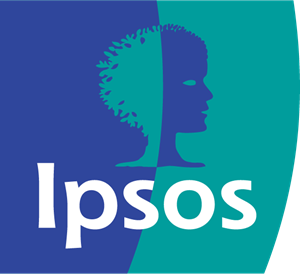













.png)
























































































































































